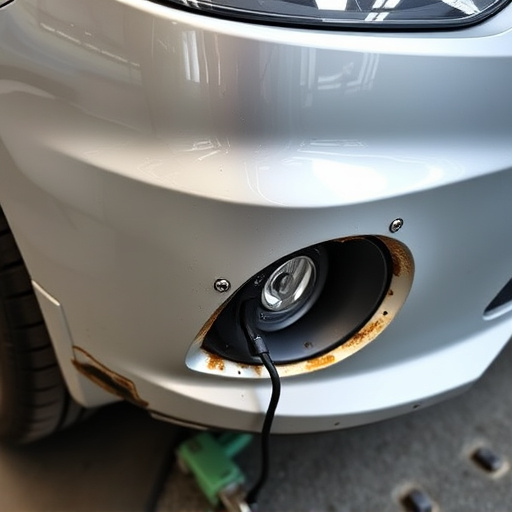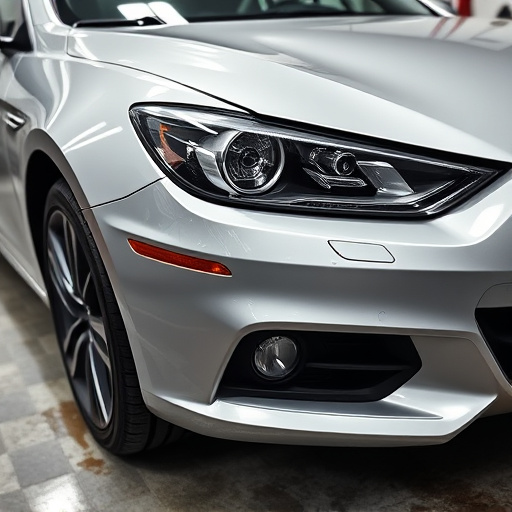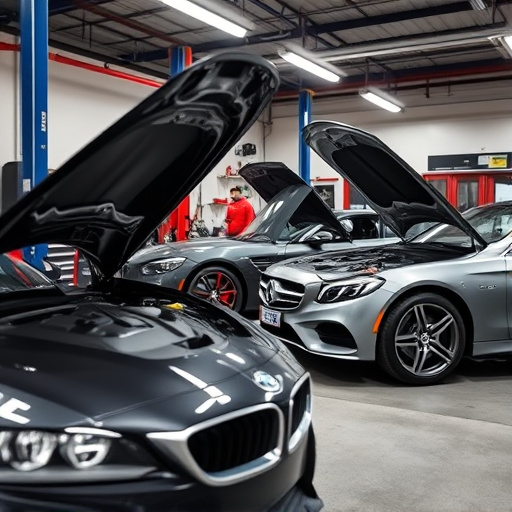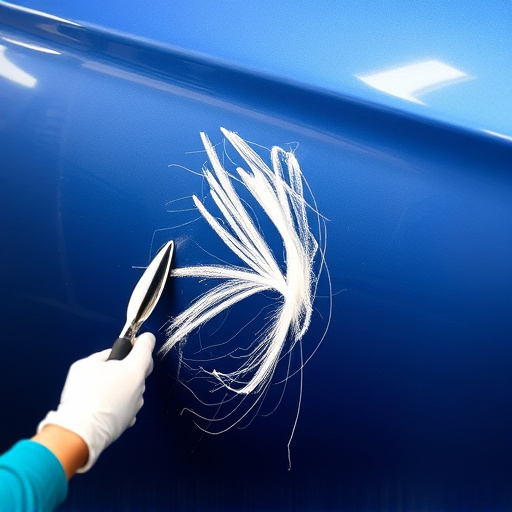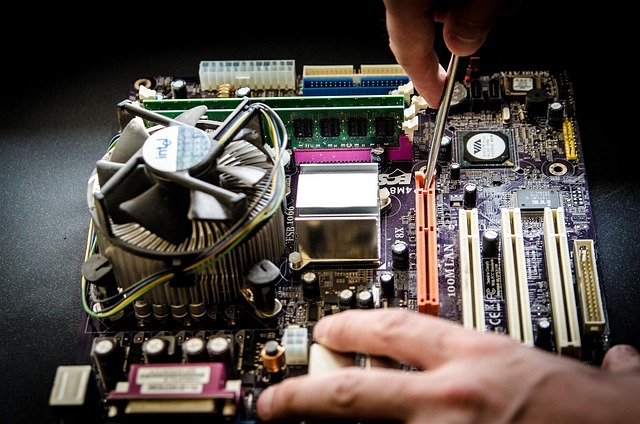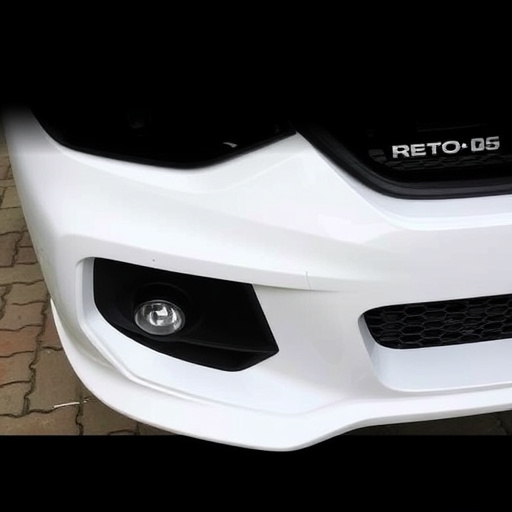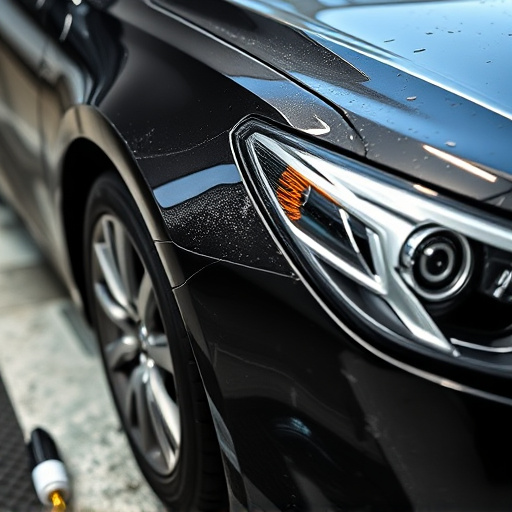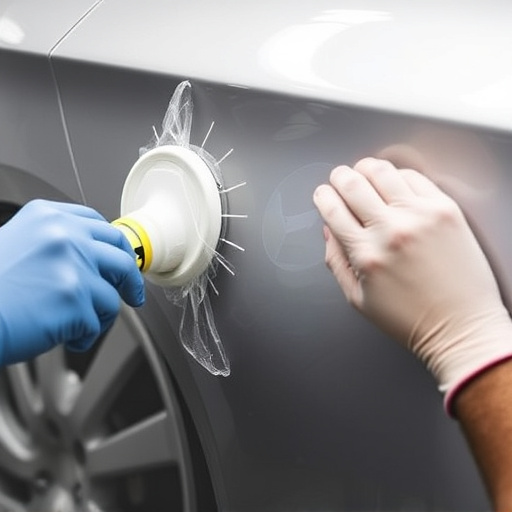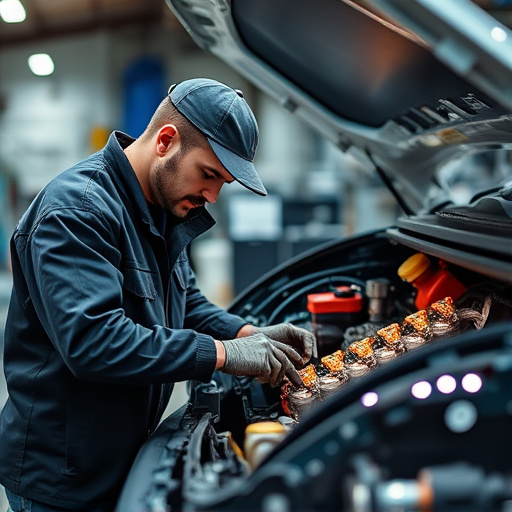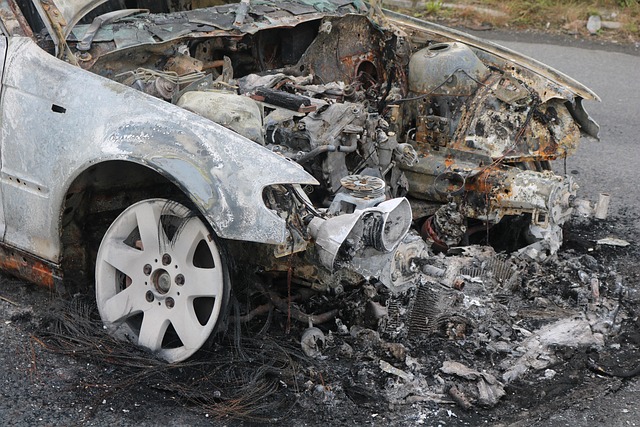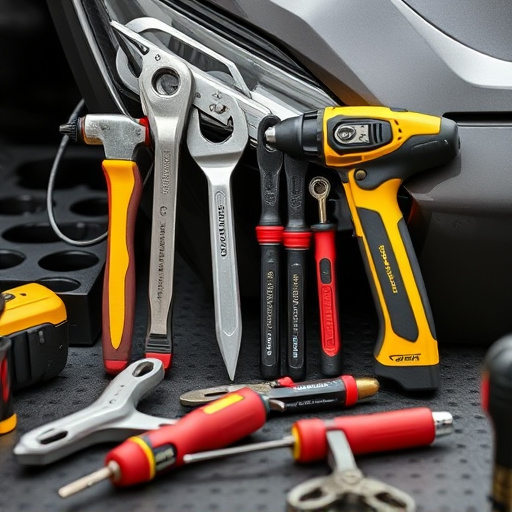Hydraulic frame machines and computerized frame straightening systems are essential tools for auto body repair. Hydraulic machines provide robust performance and precise force control, ideal for heavy-duty repairs, while computers offer microscopic accuracy in complex adjustments, reducing labor costs despite higher initial investment. Hydraulic machines minimize setup time, boosting productivity, while computers deliver consistent results, making them cost-effective for high-volume services.
In the automotive repair landscape, choosing the right frame straightening system is paramount for efficiency and precision. This article delves into the heart of two dominant players: understanding the fundamentals of hydraulic frame machines and exploring the advantages and disadvantages of computerized systems. By comparing their capabilities, we aim to provide a comprehensive guide that aids mechanics in making informed decisions, ultimately enhancing workshop productivity and vehicle restoration quality through the lens of hydraulic frame machine technology.
- Understanding Hydraulic Frame Machines
- Advantages and Disadvantages of Computerized Systems
- Comparative Analysis: Efficiency and Precision
Understanding Hydraulic Frame Machines
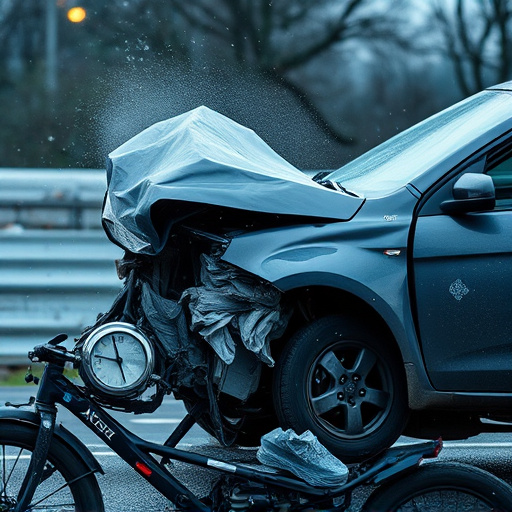
Hydraulic frame machines are specialized equipment used in vehicle repair and auto collision centers to realign and restore damaged vehicle frames. These machines employ a system of hydraulic cylinders and rams to apply precise force on various points of the car’s frame, gradually straightening it back to its original specifications. The process involves careful manipulation of these hydraulic mechanisms, ensuring even pressure distribution for accurate adjustments.
In an auto repair shop, hydraulic frame machines offer several advantages. They are known for their speed and efficiency, as they can quickly correct misalignments that may occur due to accidents or regular wear and tear. This swift action is crucial in getting vehicles back on the road promptly. Moreover, these machines provide a high degree of accuracy, allowing mechanics to achieve precise results, which is essential for maintaining structural integrity in auto collision centers.
Advantages and Disadvantages of Computerized Systems
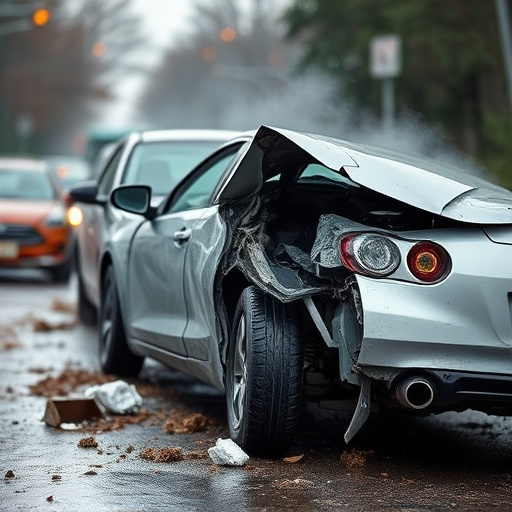
Computerized frame straightening systems have revolutionized auto body repair, offering precise and efficient results. Unlike traditional hydraulic frame machines, these computers use advanced sensors and algorithms to accurately measure and correct vehicle frames after damage, such as from accidents or hail storms (auto body repair, hail damage repair). This technology provides several advantages, including faster repair times, reduced labor costs, and improved accuracy, making them a popular choice for many auto repair shops (auto repair near me).
However, computerized systems also have some drawbacks. They require significant upfront investment in equipment, training, and software maintenance. Additionally, while they offer precise measurements, human expertise is still needed to interpret data and make complex adjustments, which can extend the overall repair duration slightly. Despite these minor disadvantages, the benefits of computerized frame straightening systems make them a compelling choice for modern auto body repair shops seeking to stay competitive and offer high-quality services.
Comparative Analysis: Efficiency and Precision
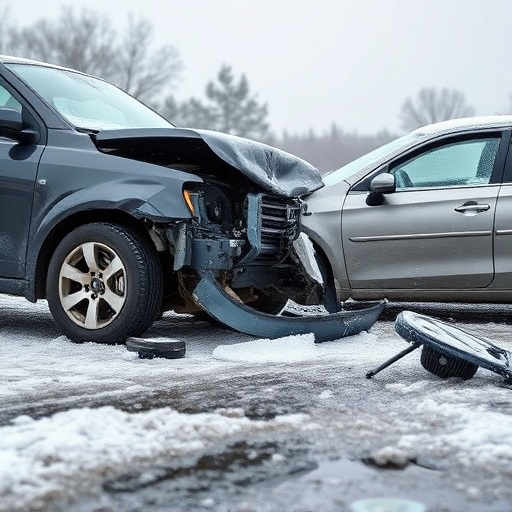
In terms of efficiency and precision, hydraulic frame machines and computerized systems offer distinct advantages tailored to specific needs. Hydraulic machines have long been trusted for their robust performance in car body repair and classic car restoration projects. They excel at handling heavy-duty tasks, providing consistent force distribution across various components. This makes them ideal for structural repairs where precise alignment and strength are paramount. Moreover, hydraulic systems often require minimal setup time, allowing car bodywork services to maximize productivity on the shop floor.
On the other hand, computerized frame straightening systems boast unparalleled precision. Leveraging advanced technology, these systems can accurately measure and adjust frames with microscopic detail, ensuring flawless results in modern car body repair. Computerized machines are particularly adept at handling intricate curves and complex panel alignment, which is often encountered in contemporary vehicle designs. While they may demand more initial setup time, the consistency and repeatability of computerized systems make them a game-changer for high-volume car bodywork services, ultimately reducing overall restoration or repair costs.
When comparing hydraulic frame machines to computerized systems for straightening, both have their unique merits. Hydraulic machines offer robust performance and reliability, making them a preferred choice in many industries. Computerized systems, however, excel in precision and efficiency due to their advanced technology, providing more detailed adjustments and faster turnaround times. Ultimately, the best choice depends on specific needs, budget, and desired level of automation for frame straightening operations.
